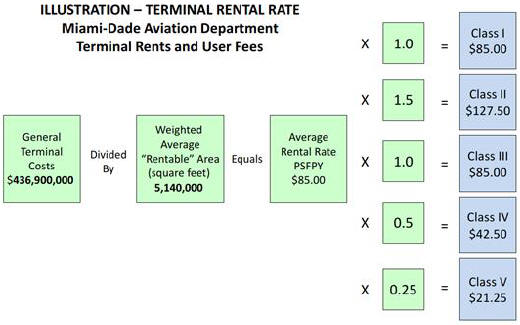Title VI List of Pertinent Nondiscrimination Acts and Authorities
During the performance of this contract, AIRLINE, for itself, its assignees, and successors in interest (hereinafter referred to as the “contractor”) agrees to comply with the following nondiscrimination statutes and authorities; including but not limited to:
Title VI of the Civil Rights Act of 1964 (42 U.S.C. 2000d et seq., 78 stat. 252), (prohibits discrimination on the basis of race, color, national origin);
49 CFR part 21 (Non-discrimination in Federally-Assisted Programs of The Department of Transportation - Effectuation of Title VI of the Civil Rights Act of 1964);
The Uniform Relocation Assistance and Real Property Acquisition Policies Act of 1970, 42 U.S.C. 4601), (prohibits unfair treatment of persons displaced or whose property has been acquired because of federal or federal-aid programs and projects);
Section 504 of the Rehabilitation Act of 1973, (29 U.S.C. 794 et seq.) as amended, (prohibits discrimination on the basis of disability; and 49 CFR and 27;
The Age Discrimination Act of 1975, as amended, 42 U.S.C. 6101 et seq.) (prohibits discrimination on the basis of age);
Airport and Airway Improvement Act of 1982, (49 U.S.C. 471, Section 47123), as amended, (prohibits discrimination based on race, creed, color, national origin, or sex);
The Civil Rights Restoration Act of 1987, (PL 100-209), (Broadened the scope, coverage and applicability of Title VI of the Civil Rights Act of 1964, the Age Discrimination Act of 1975 and Section 504 of the Rehabilitation Act of 1973, by expanding the definition of the terms “programs or activities” to include all the programs or activities of the federal-aid recipients, sub-recipients and contractors, whether such programs or activities are federally funded or not);
Titles II and III of the Americans with Disabilities Act of 1990, which prohibit discrimination of the basis of disability in the operation of public entities (43 U.S.C. 12131 – 12189) as implemented by Department of Transportation regulations at 49 CFR parts 37 and 38;
The FAA’s Non-discrimination statute (49 U.S.C. 47123) (prohibits discrimination on the basis of race, color, national origin, and sex);
Executive Order 12898, Federal Actions to Address Environmental Justice in Minority Populations and Low-Income Populations, which ensures non-discrimination against minority populations by discouraging programs, policies, and activities with disproportionately high and adverse human health or environmental effects on minority and low- income populations:
Executive Order 13166, Improving Access to Services for Persons with Limited English Proficiency, and resulting agency guidance, national origin discrimination includes discrimination because of limited English proficiency (LEP). To ensure compliance with Title VI, AIRLINE must take reasonable steps to ensure that LEP persons have meaningful access to its programs (70 Fed. Reg. at 74087 to 74100);
2018 Airline Use Agreement – Miami International Airport
Page 152 of 153












